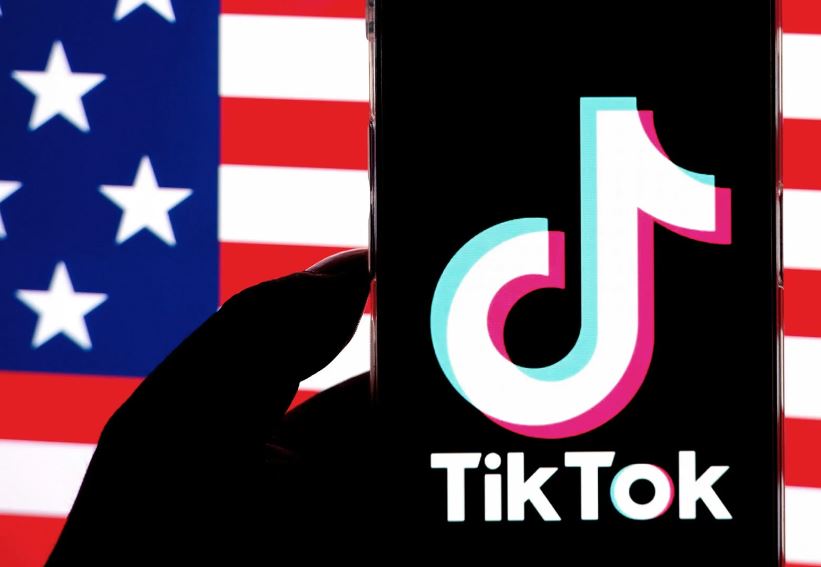In a world of social media, teenage egos are threatened by the ongoing trend of consumerism. The line between identity and materialism is blurred in today’s consumer culture, causing an endless cycle of buying to feel validated.
According to the American Psychological Association, teens are in the developmental stage of their lives, where they are naturally insecure and search for personal identity. Unfortunately, advertisers are aware of this, and they take full advantage of the vulnerability of young minds. Devyn Wilson like many teenagers, has experienced this manipulation firsthand.
“Influencers on Instagram and TikTok promote clothing items as a ‘must have’ like you need to have it now,” Devyn said. “Especially on TikTok, it’s like ‘buy this now before it sells out’.”
Promoting clothing items as something teens ‘must have’ is a destructive mindset, yet as noted by Devyn, it is extremely common behind screens. The trendy and also often expensive items are a want, not a need. However, to feel accepted, teens feel like they are necessities.
“I have felt pressured to conform to fashion trends,” Devyn said. “If everyone has this new item and you’re behind, it’s a bad feeling and you want to fit in.”
This ‘feeling’ that Devyn is describing can lead to more serious problems, all for the need to fit in. According to Taylor and Francis Online, American studies have found a correlation between consumerism and psychosomatic symptoms. In youth aged 10-18, increased anxiety and reduced happiness and self-esteem were found. Buying the same items as everyone else is a way to escape these problems. However, constantly buying new trends leads to rapid-fire consumerism and a cycle you cannot escape.
Arya Oskouian found herself in this cycle. “I would buy things that were just trendy and the next year I don’t like them at all and think that they’re so ugly.” Arya said.
The attraction to prestige brands is not uncommon; everyone wants to have nice things. However, when this want turns into a need, and the need drives you to buy expensive items just to dispose of them in a year, an unhealthy habit settles in. Marketers know this, and they manipulate this attraction, which results in teens attaching their identity to materialistic values.
If teenagers know that they don’t have to buy everything they see online, then why is their self-value hooked on brands? The answer is something that follows people from the moment they enter kindergarten to the second they graduate college. The need to fit in.
Alec O’Connell is a sophomore and an average teen in terms of his fashion sense. “Especially in a setting like school you do not want to draw any attention to yourself,” Alec said. “So, you have to follow the trends.”
Following trends is indeed a safe bet to avoid standing out, offering a sense of belonging in what could be a judgmental place for some. By conforming to trends, teens gain validation from their peers and reduce the risk of standing out. However, when everyone is following the same trends, is it fashionable, or is individuality lost? Luke Favier agrees with the latter.
“Everyone looks the same these days,” Luke said. “It’s like no one has their own sense of style.”
The never-ending cycle of consumerism that teens find themselves ensnared in for the pursuit of validation has complicated the relationship between self-identity and materialism. Social media only enhances this mindset, allowing marketers to sink their teeth into young, impressionable minds.








